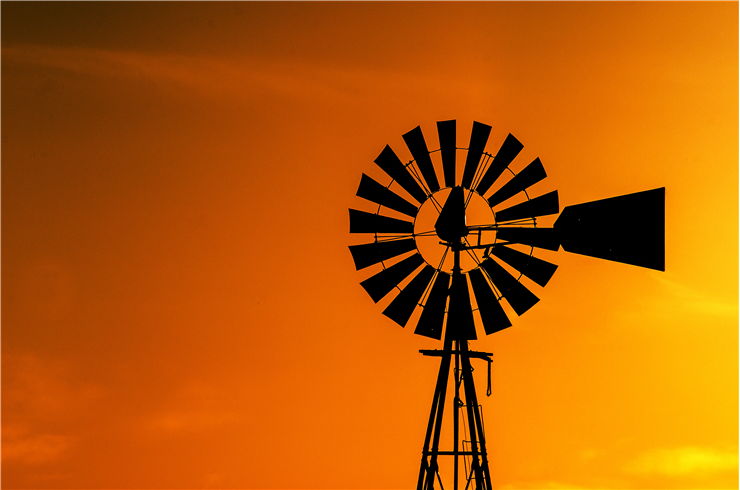Different Types of Windmills
Basic Windmill Types
- Horizontal windmills – Very rarely used type of windmills in which fan that is collecting the wind is placed horizontally. It was discovered that this type of windmill was oldest one, created in Eastern Persia between 7th and 8th century AD. Limited number of them was also used in China and Europe.
- Vertical windmills – Most popular type of windmills that was started to be used both in Middle East (around 8-9th century) and Europe (around 12th century). Most organized period of windmill use happened between 18th and 19th century, when windmills stopped being used only for grinding grains or moving water and were used for much wider array of industrial jobs (even cutting wood).
Types of Vertical Windmills
- Post mill – Earliest and most popular type of wooden European windmills that were built between 12th and 19th century. They consist from the large solid post on which top is mounted fan that collects wind power, with body of the mill being home for machinery for milling.
- Hollow-post mill – Similar as the post mill, but with hollowed out body. This enabled easier housing of central shaft that moved the milling machinery either in the bottom of the windmill or even outside of it.
- Tower mill – Strong and tall windmill whose body is created from masonry, with adjustable top cap that could be rotated so that it rotating fan can take best advantage from current wind condition (although some were made with fixed tops). Because of the strength of the structure, blades of tower mills were able to be much wider and taller.
- Smock mill – Windmill design that was created after introduction of strong tower mil. They were created to have lower half of the structure made from stone or bricks, and top half made from light wood that created elongated wooden framework called “smock”. To better fight environmental conditions, the outside of the wooden frame was covered with some other more durable material as tar, paper or sheet metal. Because of their lighter frame, smock mills were usually built in areas with more unstable ground as water drainage mills where heavy Tower Mills could not function for a long period of time.
